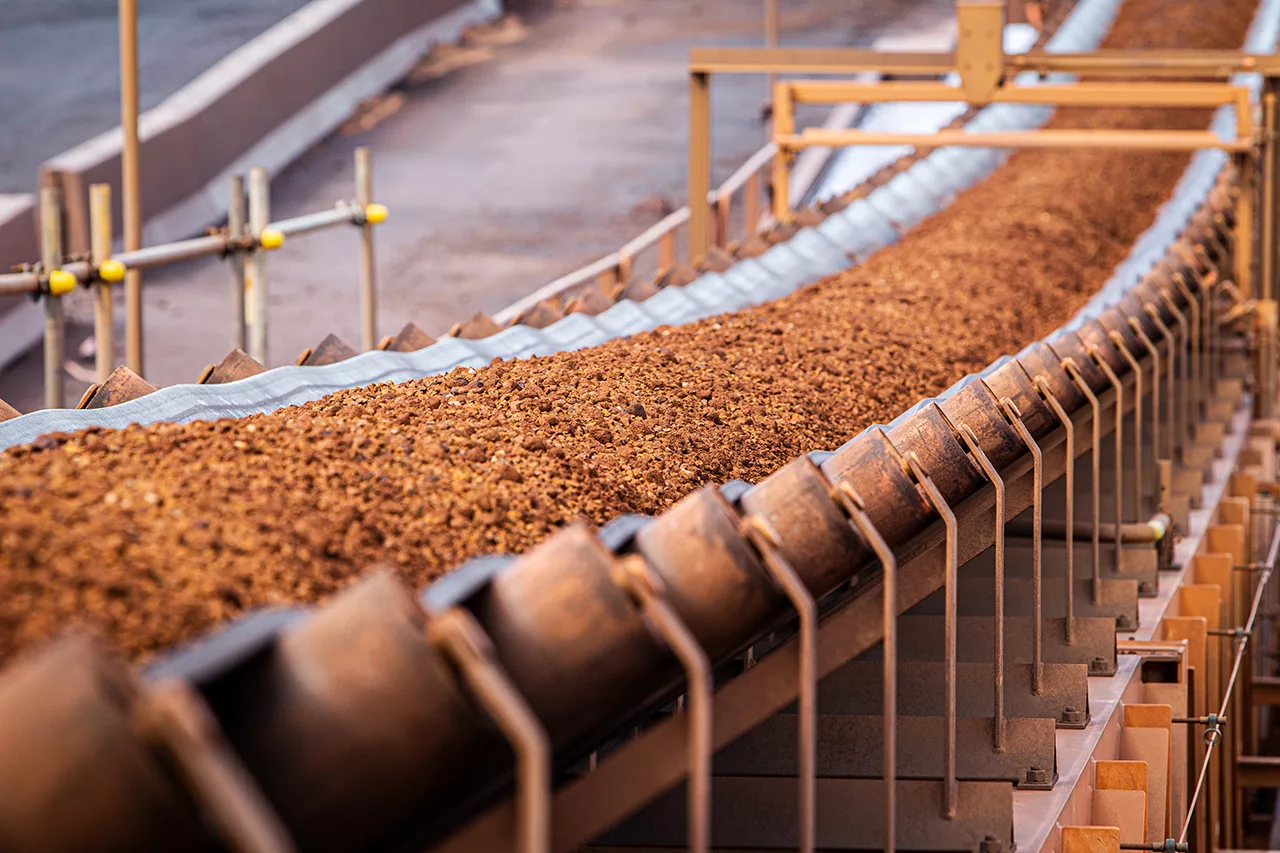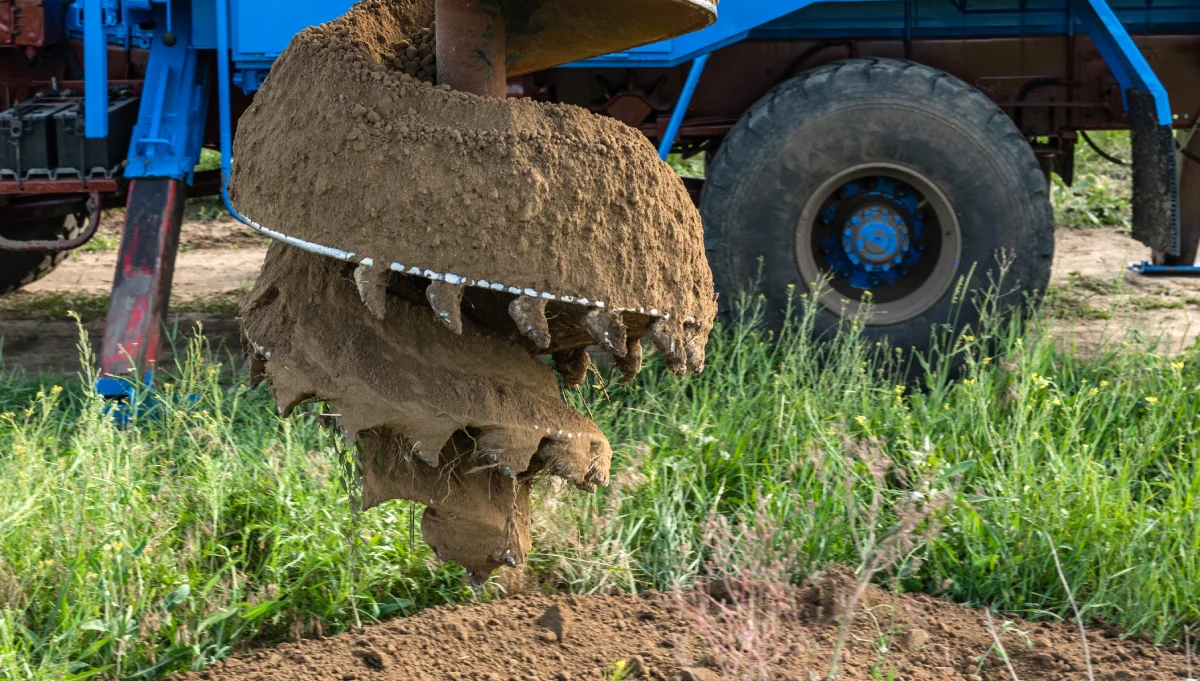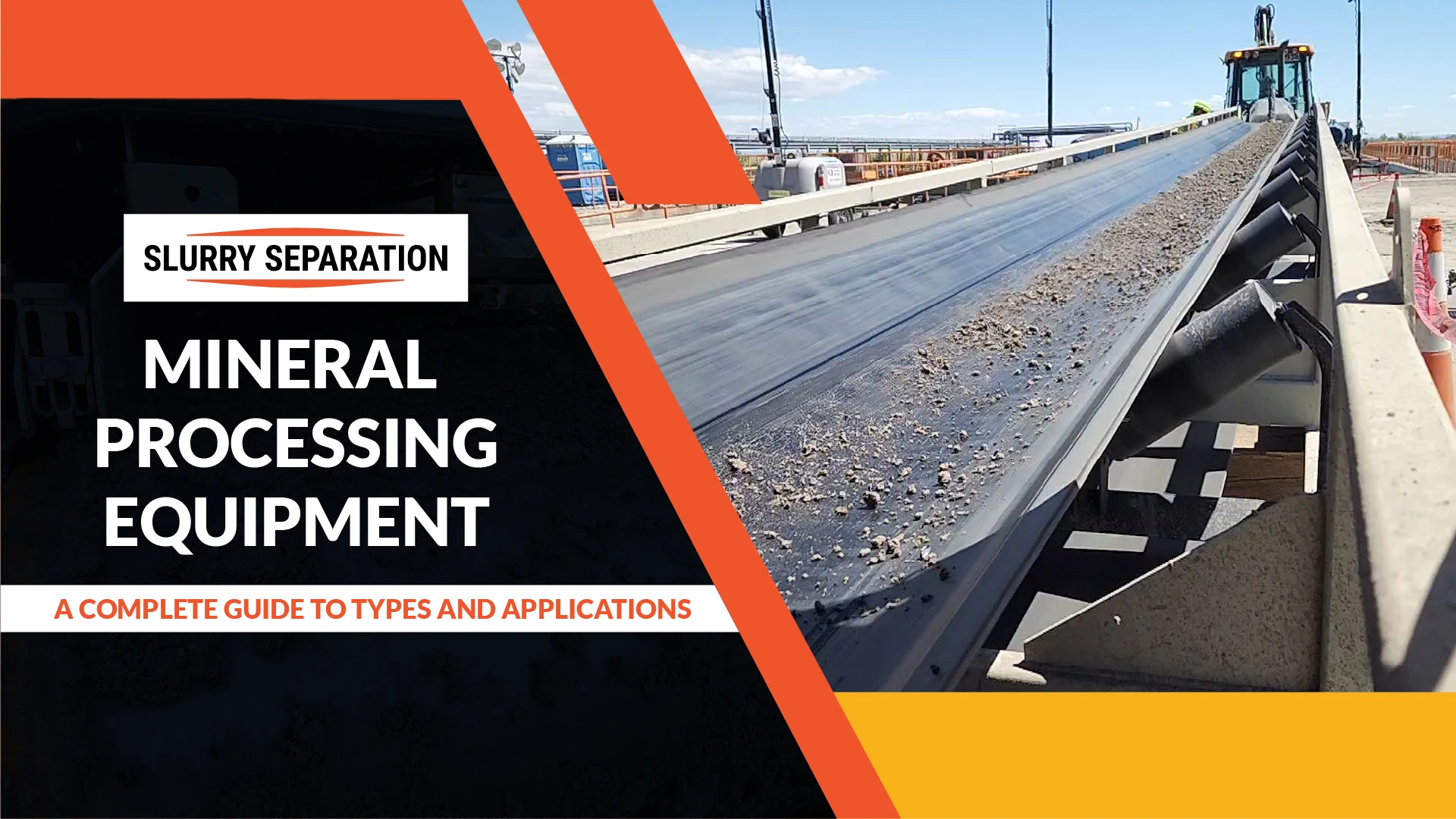In the world of dredging and mining, where operations deal with massive volumes of slurry, the efficiency of the separation process can make all the difference. Among the array of equipment used for slurry separation, one tool stands out as a cornerstone: the decanter centrifuge. In this article, we’ll delve into the crucial role that decanter centrifuges play, the benefits they offer, and why their presence is indispensable for companies engaged in dredging and mining operations.
Understanding the Decanter Centrifuge
The decanter centrifuge is a powerhouse in the slurry separation process. Its design and functionality are engineered to swiftly and effectively separate solids from liquids, offering a reliable solution for the demanding requirements of dredging and mining activities.
At its core, a decanter centrifuge operates on the principle of centrifugal force. It comprises a rotating bowl and a conveyor system, typically a screw conveyor, within the bowl. When slurry is introduced into the centrifuge, the high-speed rotation generates centrifugal force, causing the solids settle along the bowl wall, forming a thick cake layer. Meanwhile, the clarified liquid rises towards the center of the bowl. Inside the rotating bowl, there’s a helical screw conveyor that moves in the opposite direction to the bowl rotation. This conveyor continuously transports the settled solids (cake) towards the narrow end of the bowl.
As the solids move towards the narrow end of the bowl, they undergo dewatering. The conveyor applies pressure to the solids, squeezing out excess liquid and reducing their moisture content. This results in a drier and more compact solid cake.
Decanter centrifuges are highly adjustable to accommodate different slurry compositions and separation requirements. Operators can control parameters such as bowl speed, conveyor speed, and differential speed to optimize performance. These units are designed for continuous operation, allowing for uninterrupted processing of large volumes of slurry. They can handle varying feed rates and maintain consistent separation efficiency over extended periods.
Where Does a Decanter Centrifuge Fit in the Slurry Separation Process?
Decanter centrifuges find their place at various stages of the slurry separation process, performing critical functions that ensure optimal efficiency and productivity.
1. Primary Separation: In the initial phase, the decanter centrifuge efficiently separates coarse solids from the slurry, reducing the burden on subsequent separation equipment.
2. Fine Solids Removal: Even the finest particles present in the slurry are effectively separated by the decanter centrifuge, ensuring that the clarified liquid is of high quality.
3. Dewatering: Dredged or mined materials often contain significant moisture content. The decanter centrifuge plays a crucial role in dewatering, extracting excess moisture from the solids to produce a drier, more manageable product.
4. Tailings Management: In mining operations, managing tailings is a critical aspect. Decanter centrifuges aid in the dewatering and processing of tailings, facilitating their disposal or reuse. In some cases, tailings may contain residual minerals that were not fully extracted during the initial processing stages. Decanter centrifuges help recover these valuable minerals by concentrating them in the dewatered solids. This contributes to the overall efficiency and sustainability of mining operations by maximizing resource recovery.
Benefits of Decanter Centrifuges
The utilization of decanter centrifuges in slurry separation brings forth a plethora of benefits that are invaluable to dredging and mining companies:
1. High Efficiency: Decanter centrifuges boast rapid processing speeds, enabling quick separation of solids and liquids. This translates to enhanced productivity and reduced downtime.
2. Versatility: These centrifuges are capable of handling a wide range of slurry compositions, including those with varying particle sizes and densities. This versatility makes them adaptable to diverse operating conditions.
3. Cost-effectiveness: By streamlining the separation process and minimizing the need for manual intervention, decanter centrifuges contribute to cost savings in terms of labor and operational expenses.
4. Environmental Compliance: Efficient slurry separation facilitated by decanter centrifuges results in cleaner discharge water and reduced environmental impact, aligning with stringent regulatory requirements.
The Major Benefits for Dredging and Mining Companies
For dredging and mining companies, having a decanter centrifuge in their arsenal offers a multitude of advantages that directly contribute to operational success:
1. Increased Productivity: The swift and efficient separation provided by decanter centrifuges ensures uninterrupted workflow, maximizing production output.
2. Enhanced Resource Utilization: By recovering valuable resources from the slurry and minimizing waste generation, decanter centrifuges optimize resource utilization, thereby boosting profitability.
3. Improved Site Management: With the ability to dewater slurry and manage tailings effectively, decanter centrifuges aid in maintaining clean and organized worksites, enhancing overall site management.
4. Competitive Edge: Companies equipped with decanter centrifuges gain a competitive edge by offering faster turnaround times, superior product quality, and adherence to environmental regulations, positioning them as industry leaders.
Decanter centrifuges are indispensable assets for dredging and mining companies seeking to achieve efficient and sustainable slurry separation. Their versatility, efficiency, and myriad benefits make them essential components of the slurry separation process, driving operational excellence and contributing to the success of dredging and mining endeavors.




